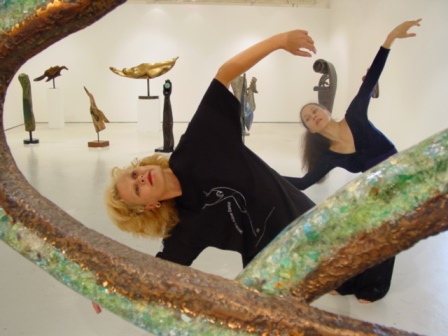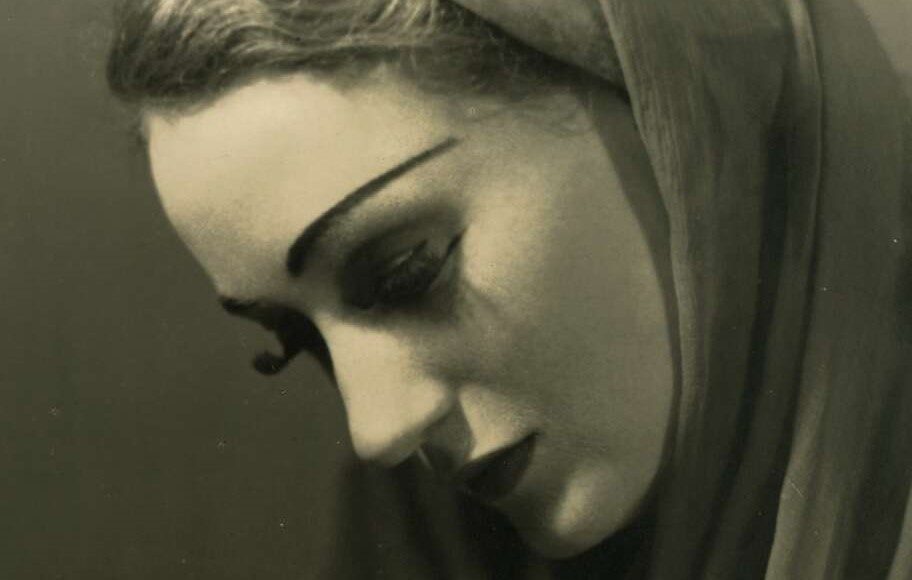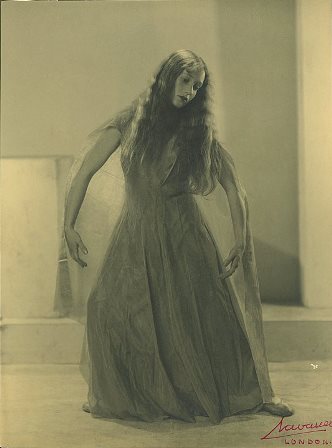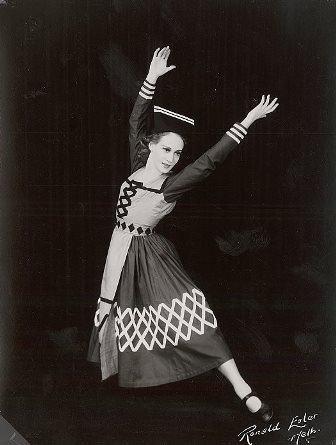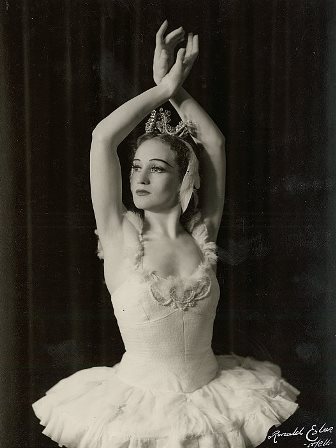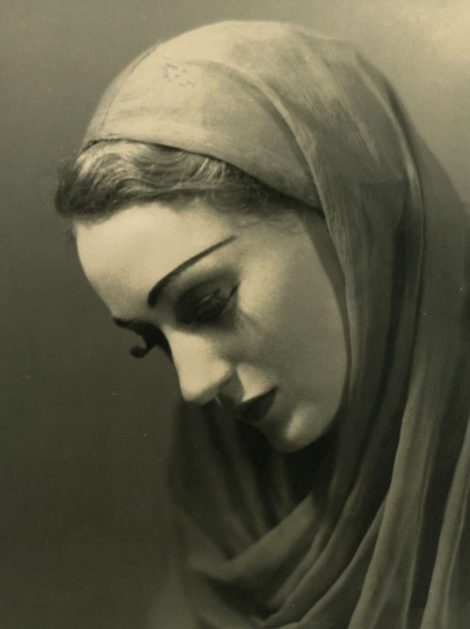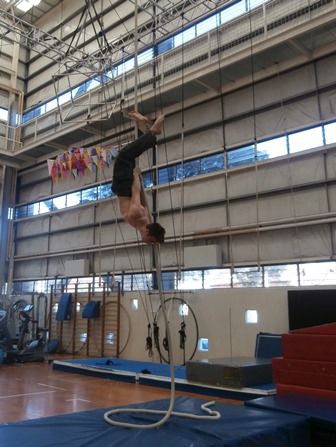31 October 2013, Théâtre des Champs Élysées, Paris
It was, apparently, the wish of Chinese concert pianist, Lang Lang, to stage a dance project in which a group of sixteen dancers from Houston Ballet would perform with him in Paris. Lang Lang was credited with the ‘artistic conception’ of the show in which he played a selection of works by Chopin, with all the individualism for which he is renowned, while the dancers performed the choreography of Stanton Welch. At its best it was an evening to enjoy, although there were moments when Welch’s choreography was so complicated, especially in some of the partnering, that the show looked overwrought.
The best moments came when there was a real connection between Lang Lang and the dancers. When that connection was missing, as it occasionally was, the whole concept became a little meaningless. The first section after interval was a real highlight. With Lang Lang playing Chopin’s Waltz no. 19 in A minor and dancer Joseph Walsh performing solo, it was notable for the constant connection between pianist and dancer through gesture and eye contact. Walsh’s solo was also beautifully executed and showed off his lovely line and smooth technique. It was a brief, but clean and classically inspired performance.
The opening section of the show, danced by Derek Dunn as soloist accompanied by the full complement of Houston dancers performing to Ballade no. 1 in G minor opus 23, was another highlight, largely due to an exceptional performance by Dunn. He reminded me of what I imagine Nijinsky might have looked like. Dunn soared across the stage with broad, expansive movements, executed multiple turns with extraordinary ease and showed lovely fluidity in the upper body. I found him quite thrilling with a charisma that matched that of Lang Lang. As a result, a powerful and emotive connection was set up between dancer and pianist.
Other sections that worked for me included that performed to the well-known Waltz no. 1 in E flat major, Opus 18 (Grand valse brilliante) in which Oliver Halkowich and Jim Nowakowski deftly handled the humorous elements Welch introduced into what has never seemed to me to be a humorous piece of music; the closing duet between Karina Gonzalez and Ian Casady, which brought the evening to a beautifully calm end; and a duet for Lauren Strongin and Connor Walsh in which the lovely lightness of the choreography, especially the succession of lifts when Strongin scarcely touched the floor before becoming airborne again, perfectly matched the music (Andante spianato, Opus 22).
One section that didn’t work so well for me was a duet for Jessica Collado and Ian Casady in which Welch’s use of palms facing outwards and feet turned up smacked too much of Nacho Duato. The ‘Duato effect’ was mixed with more classical movements and the whole was, choreographically speaking, a somewhat messy combination.
I have always felt that Welch is at his best when choreographing non-narrative works and, despite some twisted and contorted moments of partnering, there was much to enjoy in Sounds of the Soul. Some effective lighting by Lisa J. Pinkham, including some lovely slow blackouts, added to a pleasant evening.
Michelle Potter, 4 November 2013
